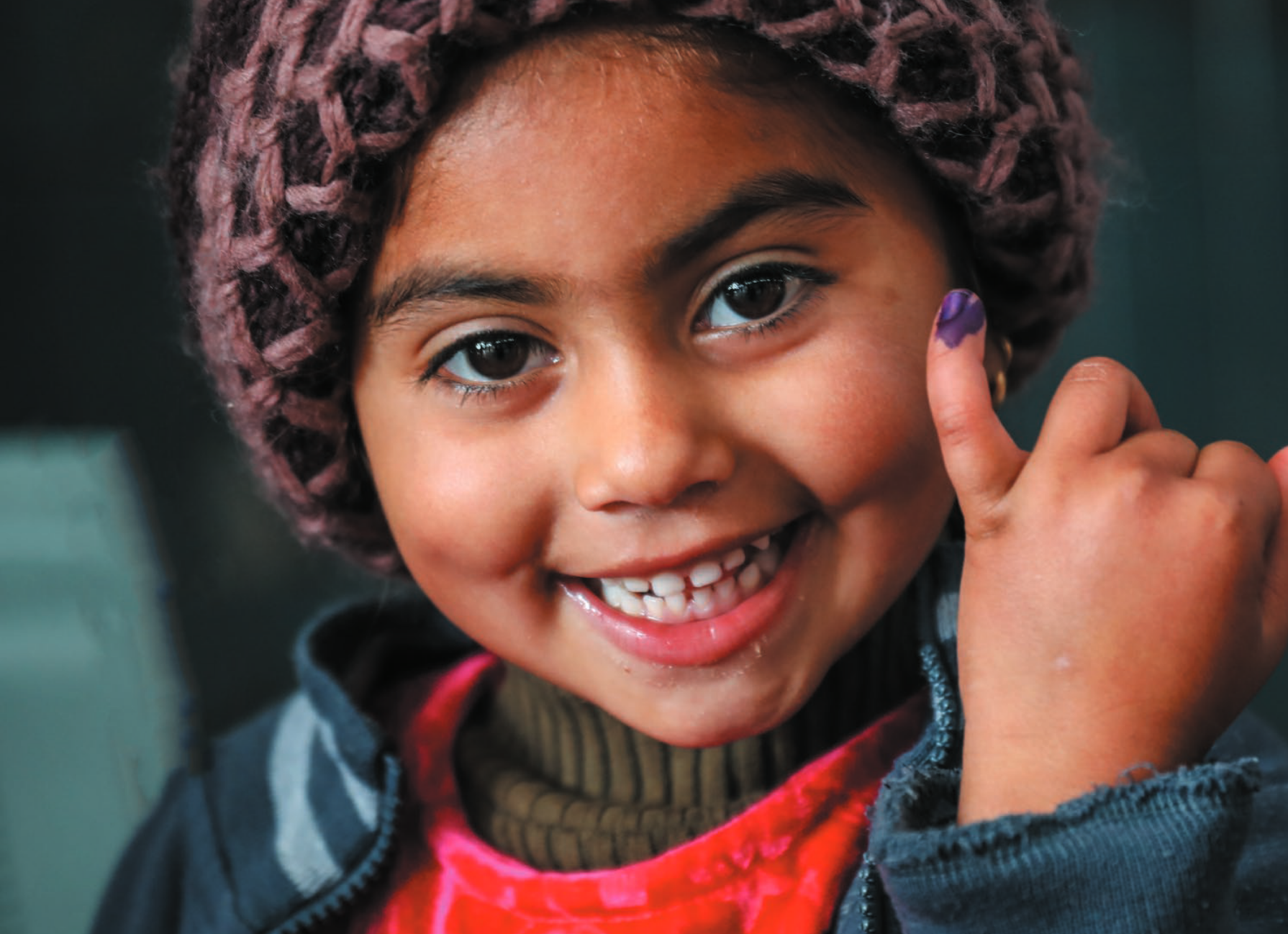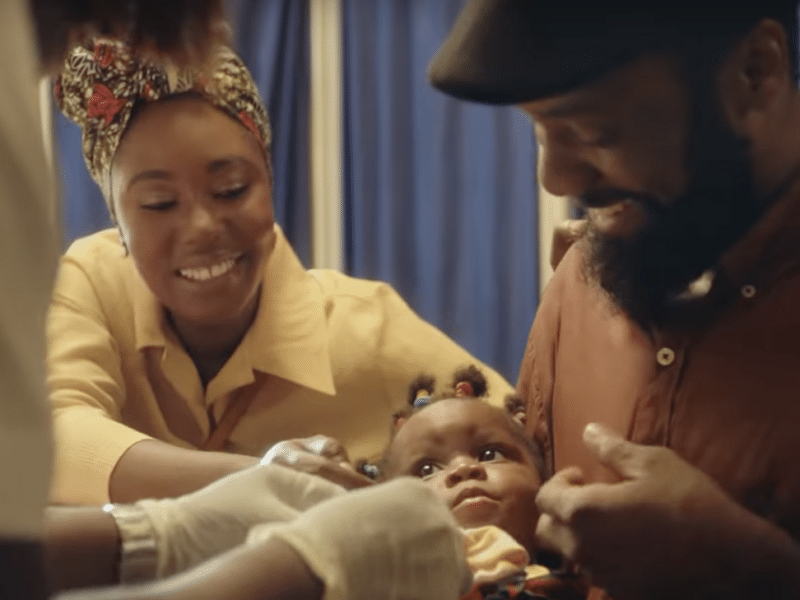Using real-time monitoring of childhood immunization campaigns can enable real-time decision-making and ensure that children in hard-to-reach areas can be located and vaccinated in a timely manner, according to research from the Johns Hopkins Center for Communication Programs.
The report, supported by Gavi, the Vaccine Alliance, and coordinated by UNICEF, found that by using digital tools to identify gaps in immunization and tracking reasons for any resistance to vaccination, teams could quickly tailor new vaccination strategies by sending vaccinators to specific locations or changing vaccine messaging to dispel rumors and misinformation.
“In this report, we highlight good real-time monitoring practices and lessons learned from successful immunization campaigns in several countries,” says CCP’s Saori Ohkubo, one of the authors of the research. “Our findings can help others make their campaigns run more smoothly and reach more children with critical vaccines.”
Real-time monitoring in this instance is defined as employing digital technologies to accelerate the sharing, analysis and use of data to improve campaign quality. It can assist teams in low- and middle-income countries by monitoring their progress, tracking supplies and seeing where there may be pockets of children being missed in hard-to-reach areas. Unfortunately, connectivity can be an issue in more remote locales, forcing implementors to adjust their techniques on the fly.
The CCP-led research included both a literature review and four case studies from countries where digital tools seemed to make a difference. Teams in various countries used a variety of software and hardware, from Android phones to WhatsApp to GPS to District Health Information Software (DHIS) 2 dashboards.
Digital technology isn’t just helpful for tracking actual vaccines. It can be used, the researchers say, to understand why some people are rejecting vaccines for their children – and allow implementers to adjust their messaging to deal with hesitancy among those reluctant to agree to immunizations.
“Monitoring public opinion in real-time allows authorities to learn about opinions, misconceptions and fears before they become widespread, and respond to them before they escalate,” the authors wrote. Real-time monitoring “is a first step towards anticipating a potential crisis, initiating a dialogue with the audience and managing uncertainty.”
In Pakistan, where CCP’s Eric Filemyr and colleagues from UNICEF conducted interviews in early 2020, real-time monitoring data was used to reach 37 million children during a 2018 measles vaccination campaign. Having real-time data on refusals allowed teams to follow up and achieve a very low 0.63 percent refusal rate across Pakistan.
UNICEF’s communication for development team and their partners did this by identifying locations with high refusal rates and then sending text messages or robocalls targeting these areas the same or next day. Overnight, short videos by local community influencers were developed based on the most recent information on vaccine refusal that was gathered through WhatsApp groups.
Evening vaccinations were offered in some refusal communities where fathers were decision-makers, so fathers could be present and approve the vaccination.
Although catch-up immunization days were not included in original plans, real-time monitoring identified communities where coverage was low and so days were added. Catch-up days facilitated the vaccination of nearly 778,000 additional children, the researchers found.
“Ultimately, the use of real-time data systems for real-time decision-making is not about technology,” the report authors wrote. “It is about a strategic and cultural environment that enables technology to be utilized as support to organizational decision-making and institutional digital transformation.”
Now that so many countries are planning for widespread COVID-19 vaccination, CCP’s Ohkubo says they may be able to incorporate lessons learned for those campaigns for much larger campaigns to vaccinate the entire population and not just children.
“If a country has been managing and updating their immunization data,” she says, “reaching even more people with COVID vaccines will be easier.”





